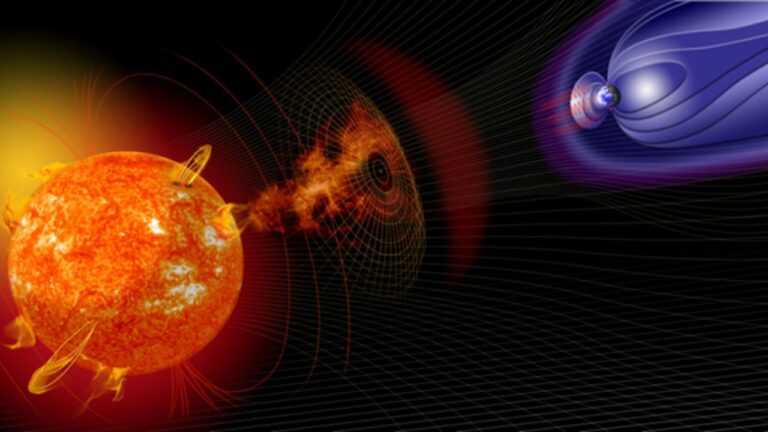
On June 8, Virgin Galactic’s VSS Unity spaceplane successfully executed its final commercial mission, carrying a Turkish researcher and three private astronauts on a suborbital spaceflight. The mission, named Galactic 07, represents a significant milestone in Virgin Galactic’s spaceflight endeavors.
Launch and Flight Details
The VSS Unity, attached to its VMS Eve mothership, took off from Spaceport America in southern New Mexico at 10:31 a.m. Eastern. The spaceplane was released from the mothership at 11:26 a.m. Eastern and followed a suborbital trajectory, reaching an altitude of 87.5 kilometers. Unity then glided back to the spaceport, landing at 11:41 a.m. Eastern.
Experiments and Research
A key participant in the Galactic 07 mission was Turkish research astronaut Tuva Atasever, whose flight was arranged by Axiom Space. Atasever, who was a backup for the Ax-3 mission to the International Space Station earlier this year, conducted seven experiments during the suborbital flight. These included monitoring brain activity, measuring radiation levels, and testing insulin pens designed for microgravity conditions. Atasever noted the success of these experiments, particularly the brain activity tests aimed at studying the “Overview Effect” experienced when viewing Earth from space.
The mission also carried automated payloads from Purdue University and the University of California, Berkeley, to study propellant slosh in microgravity and test 3D printing, respectively. These payloads were part of NASA’s Flight Opportunities program.
Profiles of Private Astronauts
The three private astronauts on the Galactic 07 mission were:
- Andy Sadhwani: A principal propulsion engineer at SpaceX, with a background in research at NASA and Stanford University.
- Irving Pergament: A New York real estate developer and private pilot.
- Giorgio Manenti: An Italian investment manager based in London.
Their identities were disclosed by Virgin Galactic only after the successful landing of Unity.
Future Plans and Transition to Delta-Class Vehicles
This mission marks the seventh commercial flight for VSS Unity and its 12th flight overall. It also serves as Unity’s final flight, as Virgin Galactic transitions to its new Delta-class vehicles. “This is the final flight for Unity, but that’s not the end of the story,” said Mike Moses, president of Virgin Galactic’s spaceline, emphasizing the beginning of a new chapter.
Development of Delta-Class Vehicles
Virgin Galactic announced plans last November to retire VSS Unity by mid-2024. This decision is part of a strategic shift to conserve cash and focus on developing the Delta class of vehicles, which promise higher flight rates and lower operating costs. The Delta-class vehicles, while similar in appearance to Unity, feature significant advancements in design, materials, and manufacturing techniques. This includes greater use of composite materials and reliance on contractors for key components, with final assembly and testing to occur at Virgin Galactic’s new facility in Mesa, Arizona.
The first components for the Delta-class vehicles are expected to arrive at the Arizona facility by late 2024, with flight tests slated for late 2025 and commercial service beginning in 2026. “Unity broke ground and demonstrated what is possible. Delta is going to be revolutionary,” said Moses.
A Fond Farewell to Unity
Nicola Pecile, the commander of Unity’s final flight, reflected on the milestone, noting the historical significance of the mission taking place nearly 20 years after the first flight of Unity’s predecessor, SpaceShipOne. “It is kind of sad to see Unity fly on its last commercial flight,” he remarked, “but our efforts are really working on the next generation.”
Vision for the Future
Virgin Galactic’s founder, Richard Branson, attended the Galactic 07 mission, reiterating his commitment to the company’s vision. Branson expressed his ambition to enable “thousands and thousands of people” to experience spaceflight, emphasizing the transformative potential of suborbital travel for the broader public.
“That’s the aim of Virgin Galactic. Other people have aims of going to Mars, which is equally absolutely and utterly extraordinary,” Branson said. “But what we want to do is enable many people to experience what our astronauts experienced today.”
As Virgin Galactic transitions from VSS Unity to the next generation of space vehicles, the company’s pioneering efforts continue to shape the future of commercial space travel.






